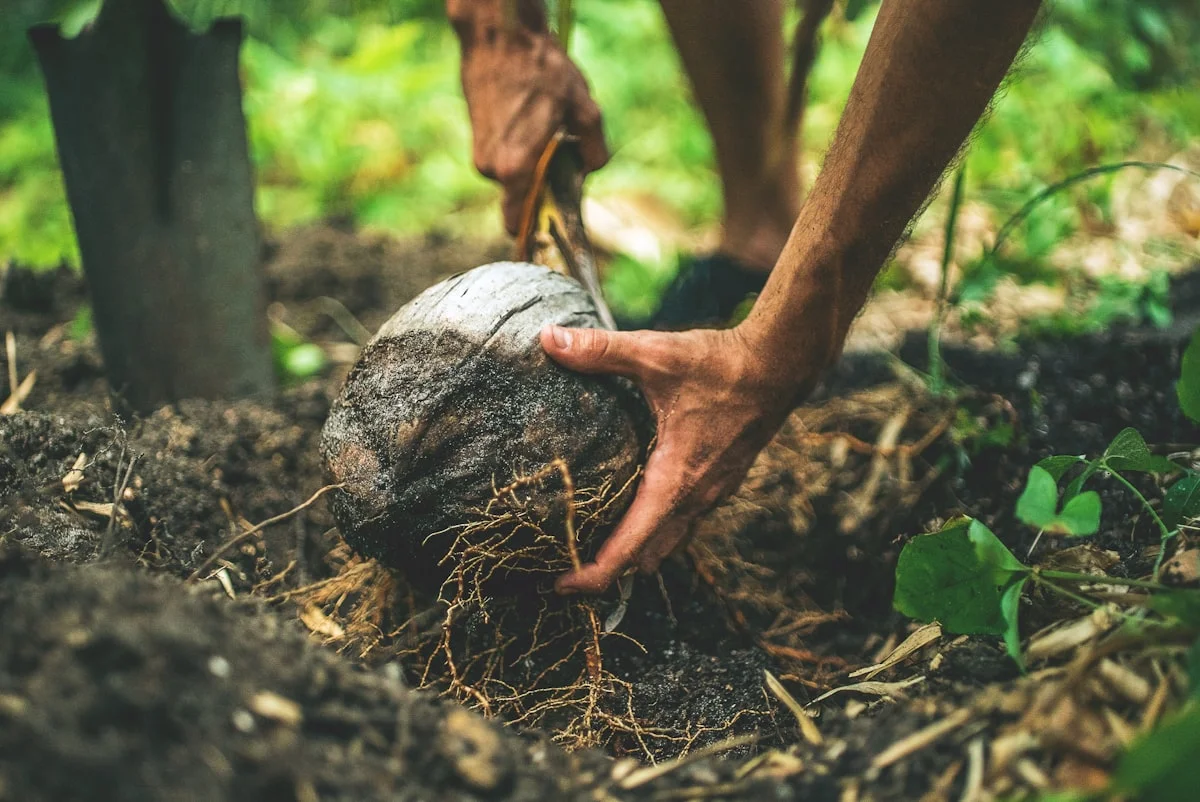How to Make a Garden Fresh Pie in 2025: From Backyard to Table
There’s nothing quite like the taste of a garden fresh pie, made with ingredients you’ve grown yourself. Whether it’s juicy berries, crisp apples, or tender rhubarb, using homegrown produce elevates your pie to a whole new level of flavor and satisfaction. In this guide, we’ll walk you through every step—from planting the right crops to baking the perfect garden fresh pie—so you can enjoy a slice of homemade goodness straight from your backyard.
Choosing the Best Fruits for Your Garden Fresh Pie
To create the ultimate garden fresh pie, you’ll need to start with the right fruits. Some of the easiest and most rewarding options to grow include strawberries, blueberries, raspberries, apples, and rhubarb. These plants thrive in various climates and soil types, making them accessible for most home gardeners. Strawberries and raspberries, for example, can be grown in containers if space is limited, while apple trees require more room but provide abundant harvests for years.
When selecting varieties, consider their flavor profiles and how they’ll complement each other in a pie. Tart fruits like rhubarb pair beautifully with sweeter berries, while apples can stand alone or be mixed with spices for a classic dessert. Planting a mix of early and late-season varieties ensures a steady supply of fresh ingredients throughout the growing season, so you’ll always have something ready for your next pie.
Preparing Your Garden for Pie-Worthy Produce
Growing fruits for a garden fresh pie requires proper soil preparation, sunlight, and care. Most fruit-bearing plants need at least six hours of direct sunlight daily, so choose a sunny spot in your garden. Test your soil’s pH and amend it if necessary—blueberries, for instance, thrive in acidic soil, while apples prefer a neutral pH. Adding compost or organic matter improves drainage and fertility, giving your plants the nutrients they need to produce sweet, juicy fruits.
Watering is another critical factor. Consistent moisture helps fruits develop their full flavor, but overwatering can lead to disease. Mulching around plants retains moisture and suppresses weeds, reducing maintenance while keeping your garden healthy. For pest control, opt for natural methods like companion planting or netting to protect berries from birds without harmful chemicals.
Harvesting at Peak Ripeness for Maximum Flavor
The secret to a delicious garden fresh pie lies in harvesting your fruits at the perfect moment. Picking too early can result in bland flavors, while waiting too long may lead to overripe or mushy fillings. Berries should be plump, deeply colored, and easily detach from the plant. Apples are ready when they come off the tree with a gentle twist, and rhubarb stalks should be firm and vibrant.
Timing your harvest also depends on when you plan to bake. For the freshest results, pick fruits in the morning when their sugar content is highest, and use them within a day or two. If you’re not baking immediately, many fruits can be frozen or preserved, allowing you to enjoy garden fresh pies year-round.
Perfecting Your Pie Crust for a Garden Fresh Masterpiece
A flaky, buttery crust is the foundation of any great pie, and it’s easier to make than you might think. The key is keeping your ingredients cold—use chilled butter or shortening and ice water to prevent the dough from becoming tough. Mix just until the dough comes together, then let it rest in the refrigerator for at least 30 minutes before rolling. This relaxes the gluten and ensures a tender crust.
For a rustic, garden fresh pie, consider a lattice or crumble topping to showcase your homegrown fruits. A sprinkle of coarse sugar on top adds a delightful crunch, while a brush of egg wash gives the crust a golden shine. If you’re new to pie-making, don’t worry—imperfections add charm, and the flavor will still be incredible.
Baking and Serving Your Garden Fresh Pie
Preheat your oven to the right temperature—usually between 375°F and 425°F, depending on the recipe—to ensure even baking. Place your pie on the lower rack to prevent a soggy bottom, and use a pie shield or foil to protect the edges from over-browning. The filling should bubble slightly, and the crust should be deep golden brown when done.
Let your pie cool for at least an hour before slicing to allow the filling to set. Serve with a scoop of vanilla ice cream or a dollop of whipped cream for the ultimate indulgence. Sharing a garden fresh pie with family and friends is a rewarding way to celebrate the fruits of your labor, literally and figuratively.
Final Thoughts on Growing and Baking Your Own Pie
Creating a garden fresh pie from scratch is a fulfilling journey that connects you to your food in a meaningful way. From planting the first seeds to pulling a golden pie out of the oven, every step is an opportunity to learn and savor the process. In 2025, make it a goal to grow at least one pie-worthy fruit in your garden—you’ll be amazed at the difference fresh ingredients make. Happy gardening and baking!

